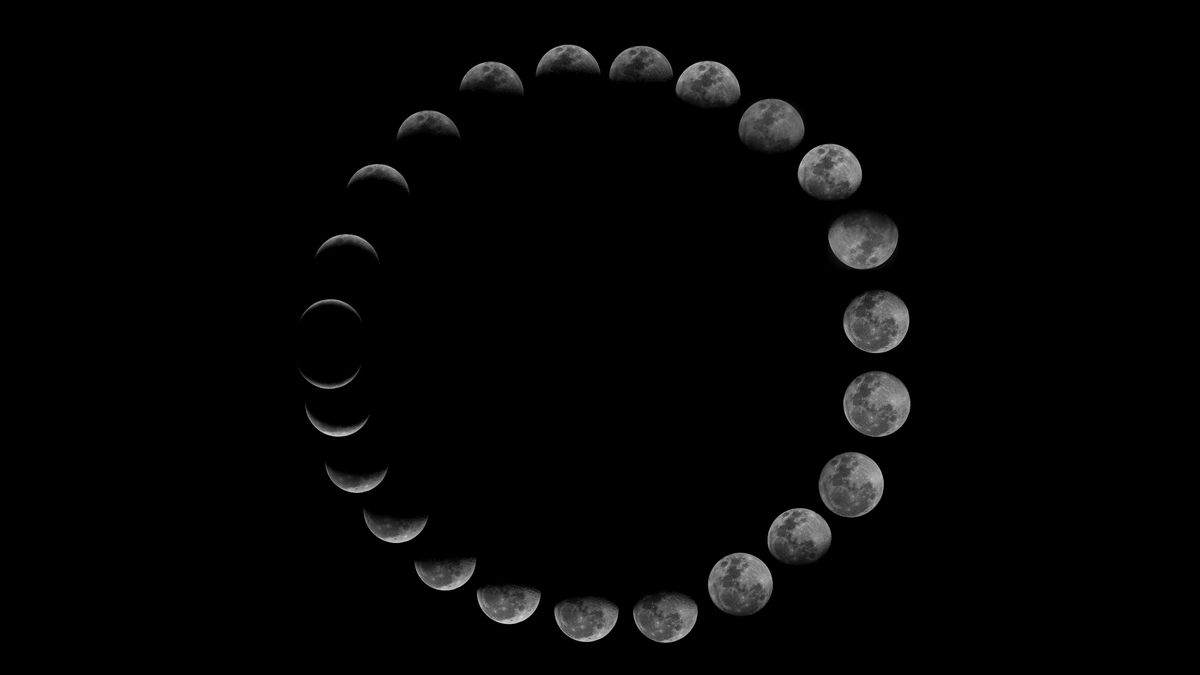
A "moon day" is around 29.53 Earth days, according to NASA.
In other words, whereas Earth completes one rotation every 24 hours, the moon experiences a sunrise roughly every 709 hours?
Unlike Earth, the moon does not have an atmosphere, so there is no air resistance to slow down moving objects; as such, once objects are spinning, they tend to stay spinning.In this theory, the moon was created somewhere else in the solar system and then began to orbit Earth as it was passing by, according to NASA, so it would have already had its own spin as it was pulled into Earth's gravitational field. .
Another theory is the co-formation theory, in which the moon was created at the same time as Earth.The moon completes one revolution in about 27 days — nearly the same time it takes for the moon to orbit Earth: 27.32 days.
When the moon is at the point of its orbit closest to Earth, its rotation is slower than its orbit, allowing us to see an additional 8 degrees of its surface that we usually would, according to Space.com, LiveScience's sister site.
The illusion of the moon not rotating from our perspective is caused by tidal locking, or a synchronous rotation in which a locked body takes just as long to orbit around its partner as it does to revolve once on its axis due to its partner's gravity."There are differences in mass and density between the hemispheres [of the moon facing toward and away from Earth].
The difference is so big that one side of the moon [its longer side] stays 'stuck' facing Earth due to gravity." .
"So as the moon orbits the Earth, it rotates to keep the same side facing us," Moriarty said."One rotation takes the same amount of time as one orbit, in other words, about a month." Put another way, Earth and the moon exert a gravitational pull on each other, and the gravitational force exerted is always strongest where the two bodies are directly facing each other, causing both Earth and the moon to stretch slightly as they're pulled in the direction of the other.
This means that the days on Earth and the moon were much shorter when these bodies first formed because both Earth and the moon revolved at a much faster rate than they do currently.